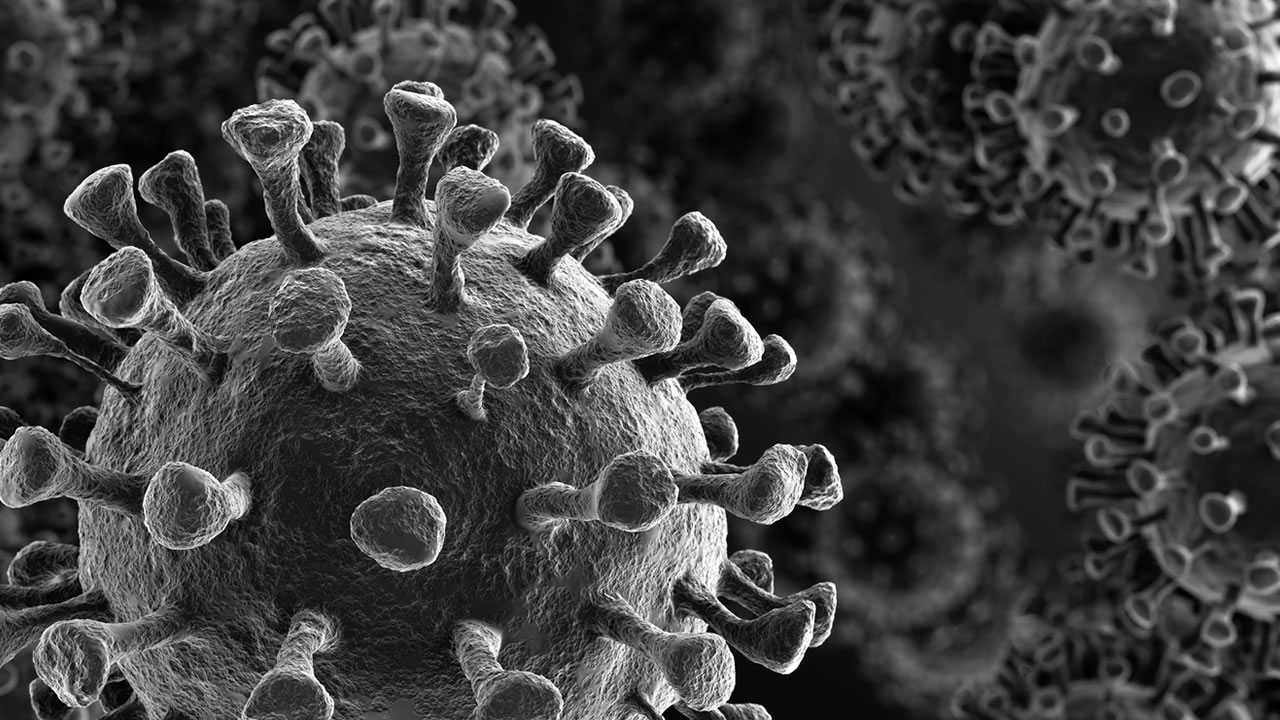Coronavirus pandemic: Is California's 'peak' coming next week? Here's what experts say


SAN FRANCISCO (KGO) -- As the Bay Area continues its fourth week sheltering in place amid the novel coronavirus pandemic, there are positive signs that California is beginning to flatten the curve. One of those signs is an updated projection showing California's peak might come sooner than some expected.
RELATED: US surgeon general says California's aggressive measures helped flatten COVID-19 curve
Projections from the Institute for Metrics and Evaluation (IHME) at the University of Washington initially projected that California would hit its peak in the number of patients coming through the state's hospitals on April 27. A new, updated projection says the peak will now come next week on April 14.
Dr. Bob Wachter, the chair of the Department of Medicine at UCSF, follows these projections closely. He tweeted about the report, saying the earlier peak is "awfully good" news and a sign "our curve is flat, unambiguously."
"When you look at the peak it's not only when it happens, but how high it is," Dr. Wachter told ABC7 News. "And just as importantly, as a shift in the date, was the number of patients that they're expecting was about half of what they were projecting a few weeks ago."
"So, the experience that we've had has been so much more benign that what we had feared," he added.
RELATED: San Francisco police begin enforcing social distancing
While state officials have said California's peak would likely come in May, Dr. Wachter says there are many indications California is on the right track.
"In California, we're doing something that's very, very gradual," he explained, "And so whether the peak is next week or two weeks from now, may not make that much of a difference because our peak is actually quite flat."
Dr. Wachter explained that the reason New York is expected to peak this week, earlier than California, has to do with the number of cases flooding in all at once. The shape of our state's curve, he explained, is different.
"We're going to have a longer course, but a much slower course," he said, "And a much lighter burden than they've experienced there."
RELATED: Santa Clara County's Dr. Cody predicts 'very, very long' time until life returns to normal
So, what is it going to take for life to resume and get back to normal?
Researchers from the American Enterprise Institute l aid out four benchmarks that state's must meed in order to begin lifting shelter-in-place orders. Those steps include showing a sustained reduction of cases for at least 14 days; that hospitals have the capacity to treat patients safely without crisis standards of care; that authorities are able to treat everyone who has symptoms; and that they have the ability to monitor confirmed cases and trace those infected.
CORONAVIRUS MAP: Updated number of COVID-19 cases, deaths in San Francisco Bay Area
"We get to a new phase, but it's a little bit more nuanced," Dr. Wachter said. "It's like, OK some people can go back to work because they're immune, some people can go back to work because in that community or state they've seen no cases, but if you're in a different state you're not ready to go back to work."
Phase 2, he said, is not exactly back to normal.
"It would be nice if it were back to normal," he said. "It only gets back to normal when the virus is out of the world or everyone is immune to it."
As of Tuesday afternoon, California has over 17,000 COVID-19 cases and 432 deaths , according to latest data from John Hopkins University as seen below.
Get the latest news, information and videos about the novel coronavirus pandemic here
If you have a question or comment about the coronavirus crisis, submit yours via the form below or here.
RELATED STORIES & VIDEOS:
- Live updates about coronavirus outbreak in US, around the world
- Everything you need to know about the Bay Area's shelter-in-place order
- Stimulus calculator: How much money should you expect from coronavirus relief bill
- What Bay Area tenants need to know about rent payments, eviction amid COVID-19 outbreak
- Live updates about coronavirus outbreak in US, around the world
- Here's how shelter in place, stay at home orders can slow spread of COVID-19
- Coronavirus Timeline: Tracking major moments of COVID-19 pandemic in San Francisco Bay Area/
- Coronavirus and the new normal of living in the San Francisco-Bay Area -- COVID-19 Diaries
- Happy hour goes virtual as people try to be sociable while social distancing during COVID-19 crisis
- Coronavirus Outbreak: Here's why you should practice 'social distancing'
- DRONEVIEW7: What the Bay Area looks like during the coronavirus shelter-in-place
- ABC7's drive around San Francisco shows empty streets, businesses shuttered
- Symptoms, prevention, and how to prepare for a COVID-19 outbreak in the US
- List of stores, companies closing due to coronavirus pandemic
- Canceled late fees, free services available amid COVID-19 crisis
- Here's how you can help during COVID-19 pandemic
- How to maintain learning during school closures
- No masks but here are 100+ products that may help protect you against novel coronavirus germs
- Here's a look at some of history's worst pandemics that have killed millions
- Asian community fighting racism, xenophobia, bigotry as world fights COVID-19















